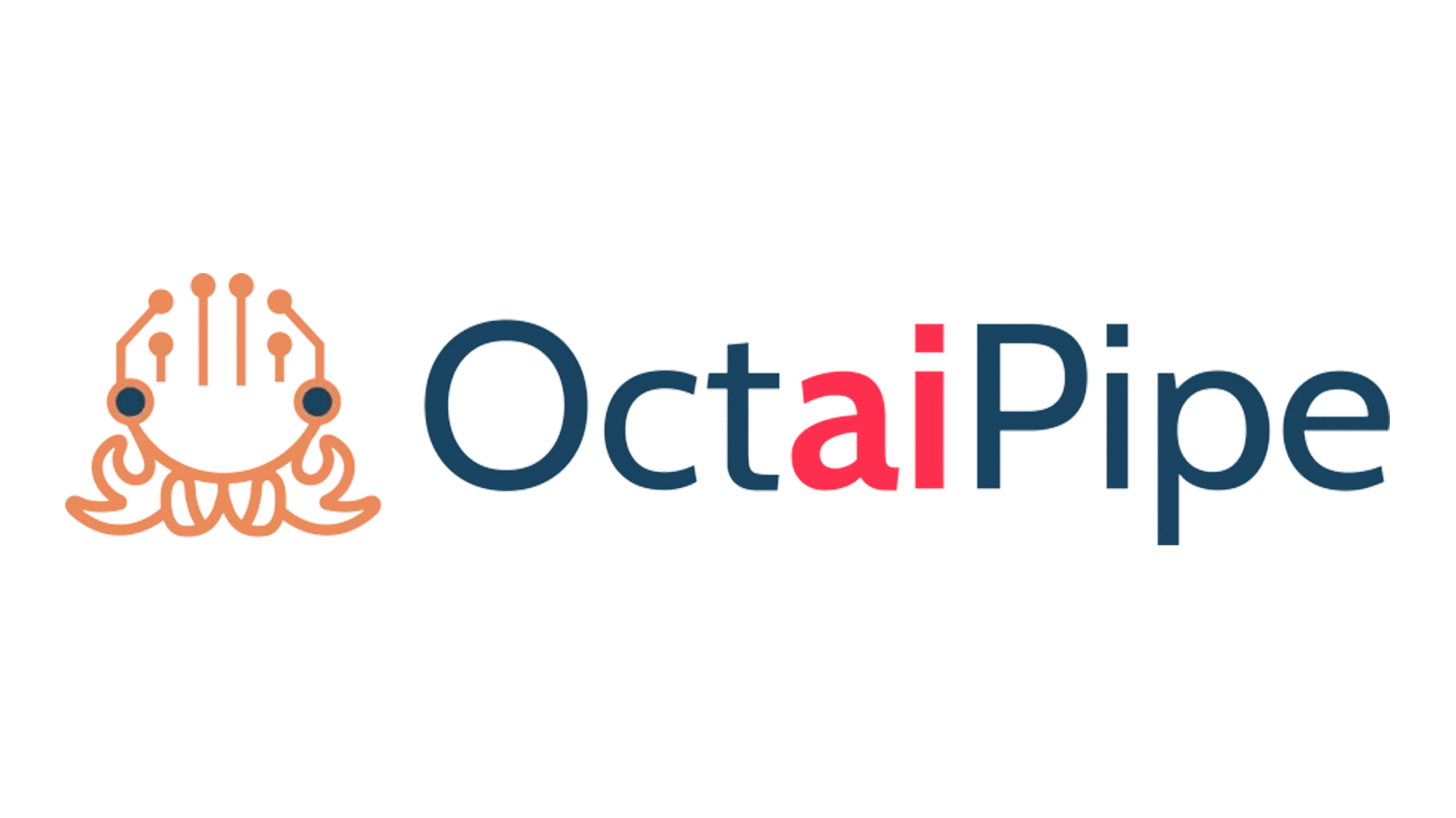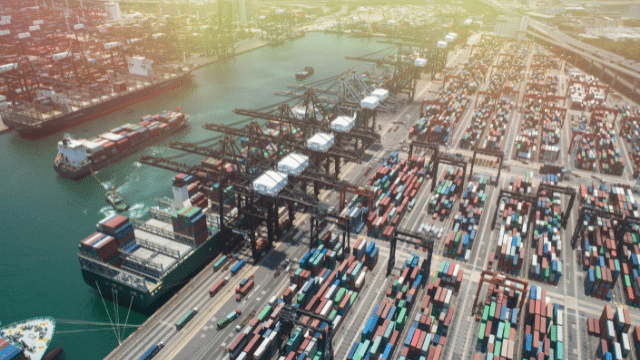In this episode of the business intelligence report in partnership with Bright Talk, we’ll explore how businesses can realize the transformative power of data, uncovering the latest developments in supply chain analytics and their use cases. Today, I will be joined by Deepak Jose part of the digital transformation team at Mars and Venkat Kotaru director at Transworld Technologies USA Inc
What is your organization's analytic strategy? And, how's your organization invested in it?
Deepak (D) – Mars is a 100+-year-old organization with more than 100,000 associates in more than 100 countries. When the digital transformation leadership team started the analytics journey, we wanted the message to be very simple for all the associates and we went with the theme of 100x speed.
A digital transformation initiative and analytics investment that we wanted to make was to drive the speed of decision making
Deepak Jose Tweet
Whilst building this out, we used a simple framework called the MARS digital engine while building any analytics capability; a four-prong approach, which starts with finding the problem using User Centricity and design thinking and then, solving the problem.
This is where we leveraged AI and Machine Learning to solve scalable solutions in an automated way, saving a lot of resources and reinvesting those resources into business activities using robotics process automation for example. All of these steps would work if and only if the delivery is done in an agile way and analytics is business-led, with strong product owners within the market, and digitally enabled.
In the case of pricing capability, for instance, organisations need to have a strong pricing manager and in the case of supply chain capability, they need to have a strong collaborative planning, forecasting and replenishment ( having a trial product owner has helped us drive the value creation for our analytic strategy
Venkat (V) – Regarding our analytics strategy, first and foremost, we start by focusing on the four V’s from the technology standpoint, that are the volume, velocity and variety and veracity, and by adhering to those four dimensions, we then ask what is the information that we need, how much volume of that information and so on.
This information could come as structured, semi-structured, and unstructured information, adding another variety of information in hand with the velocity at which we procure and absorb that information. Ultimately we verify whether the information that we have absorbed, is trustworthy, and how much of that is going to add to our analytics capabilities. This is our starting point for our analytics strategy.
As far as addressing the supply chain, from the organization standpoint, we have streamlined and simplified some of those processes that were legacy applications, or that were replaced or that were looked into whilst considering the transformations and V’s.
By simplifying the business processes and by adopting some new technologies, new standards and witness technologies like clouds, cloud services we were then able to start looking at AI, Machine Learning (ML) as well as the IoT.
How has the last year changed the way that your businesses have viewed and relied on analytic capabilities? And have there been any impacts on those strategies?
D – We used to think the analytics transformation or the digital transformation at our organization, was going at 100x speed. Then when the pandemic hit, transformation and the speed of transformation went on steroids. And I think, personally, for me and my team, we would have quadrupled the number of initiatives that we have started.
In some cases, when our consumers have stopped going to the convenience stores, for instance, that reflected in impacting some of our transactional categories, like chewing gum; hence, across all the segments, we saw a shift in consumers preferences and in the way we interact with our customers.
This shift then started to affect the e-commerce business where many out of stock situations formed from a bunch of availability standpoints. Without agile capabilities, we will not have been able to make changes fast enough.
From the audience: What does agile analytics technology mean?
D- It is three simple words: Interconnected, reusable and whitebox;
- Interconnected Solutions. That means, can we build a solution where demand capabilities do not sit in a silo with supply and that is interconnected as otherwise, we couldn’t sort out our out-of-stock problems without interconnection amongst our solutions.
- Reusability – By building reusable assets, we can work towards replicating the same analysis every period, every quarter, every year, if possible.
- Whitebox capability With BlackBox solutions, nobody was able to explain the data engineering or data modelling behind them. We then started to develop several in-house capabilities to scale them and due to their strategic importance; in that way, we were able to build the technology in an agile way with adaptability in mind.
V – So what we have noticed is that omnichannel supply chains, when bringing those dynamic supply chain capabilities and utilizing channels intermediaries, it’s a much more complex environment.
And just so that there’s a faster speed to market as far as these news changes and new developments that are happening externally as well as internal to the organization.

From the audience: How is your organization integrating ESG goals into supply chain analytics, especially concerning food-related shifts, addressing kind of climate change?
V – What we have seen is that there is a huge market in the ESG space and by utilizing some of those emerging technologies like the Internet of Things (IoT) and by applying certain frameworks into capturing demographics and social factors up to capturing organization’s goals, we can support ESG certified activities and investments.
D- We have several goals around the ESG topic, which includes climate action, water, stewardship, land use, etc,
Moreover, helping people and employees to thrive in the workplace and outside, is one of our main focuses which includes how can we help in increasing income, respecting human rights and unlocking Opportunity for Women.
At the Mars Advanced Research Institute, a specialized team whose key focus is around driving a lot of ESG actions on driving sustainability in the future kind is working on different action plans
Amongst some of the key initiatives that I’ve seen ar Mars, which have created a lot of impacts, one, led by the Mars food segment, is called Saving tomorrow’s cocoa today.
So cocoa is a very important ingredient to our supply chain. Another aspect, which is led by our chocolate businesses around creating a deforestation-free global cocoa supply chain, is another initiative. So depending on which segment that you talk to, there are sustainable initiatives that we are leading.
And that is an essential part of who we are, as at Mars and how we want to build our future together for our consumers.
How can we use analytics to try and address or mitigate some of those supply chain risks or risks within that supply chain ecosystem? How can we best use some of these analytics?
V- First and foremost, with supply chain analytics, there is a risk around data gathering. There is a data bias or sampling bias; the human capital has preconceived notions around what to capture and what not to capture.
This carries several challenges. For instance, how much data do we need to capture? Is that assumption data? Did we include all the stakeholders as part of this information gathering? Have we reached a point where we can make an informed decision?
Those shortcomings are what organizations need to consider as far as running the analytics and producing certain results and metrics.
D – There are a few aspects to consider and one of the initiatives which have been a part of mitigating and reducing risk, revolves around predicting out of stock situations
In 2021, we have seen that our out of stock situation tripled compared to the previous year and we will be looking at sorting it out this year.
One of the main reasons that these out of stock situations are happening is due to the shift in the channel and the change in the preference of the consumers about what kind of products they buy.
For instance, regarding our portfolio simplification initiatives, which are about reducing the complexity of the supply chain and optimizing the demand, as part of innovation, we have created a specific kind of stock-keeping unit (SKU): a scannable bar code, that allows vendors to automatically track the movement of inventory. After we started selling our products though, we kept on adding new SKUs instead of reducing their number.
The leadership team decided to reduce that SKU by 25% through a rigorous analytical process on identifying the SKUs that we decided to delist based on preferences.
Portfolio simplification is a good example where we can use data and analytics to understand what are the SKUs which we should potentially delist, but also understanding and forecast the demand of specific SKUs and what alternative we could offer.
This is one of the examples where data and analytics can help minimize the supply chain risk not only by identifying areas at risk but also proactively taking actions and giving options to the business, to make the best decision.




